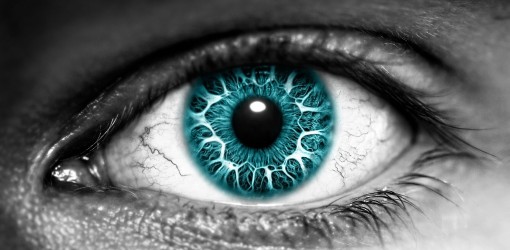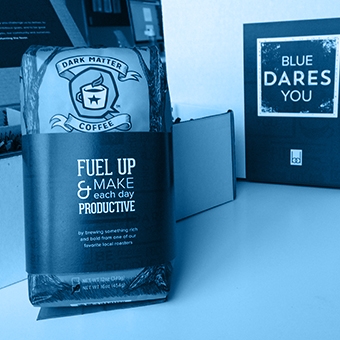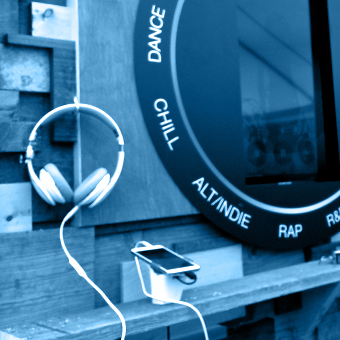
Have you noticed how majority of your social media feeds are saturated with images, videos and memes?
Or how sometimes when you’re looking for a simple article on your daily commute, you end up just jumping from picture to picture, losing sight of why you were on the page in the first place?
Simply put, we are a highly visual society. As infants, we use sight to comprehend people and objects around us. As we grow older, we begin to understand symbols as another form of communication. From this, we learn to process visual components a lot quicker than if we were to merely read about them. I dug a bit deeper into our visual thinking and applied it to our everyday encounters.
Icon & Symbols
Working in the branding business, we are always thinking about communicating with our customers, whether it be through a website, promotional materials or, most importantly, a logo. Logos are a visual representation of a business, in other words it’s an arbitrary symbol. However, when we see a familiar logo we immediately have a perception of what that business is. How is that possible? It’s the result of consumer interactions. For example, well known brands like Target and McDonald’s have strong brand recognition. Without having their name attached to their mark we are still able to draw conclusions about their products and services through prior personal experiences. In a matter of seconds we can decide what retail store we want to purchase a hoodie from that wont cost us a fortune and will hold up for a season or two. And it can all be done by looking at a symbol.
Infographics
We are fatigued by information overload on a daily basis. Fortunately infographics are there to allow our brain to process the information faster and in smaller quantities. Artistically inclined or not, our brains are naturally wired to recognize and attach meaning to an image almost instantly versus reading plain text. Personally, I’m always more likely to consume information when it’s colorful and moving. Let’s face it, data is not nearly as digestible without illustrations to assist facts about social media activity.
Consumer Encounters
So, how are we integrating our visual nature into a new business experience? Pizza Hut seems to have the right idea. When hunger takes over, menu reading turns into a complicated affair. Then, we wait for what seems like ages for our pizza to bake only to realize we didn’t read the menu properly and there lies the icky green peppers we hate to eat. To remedy this, the pizza giant developed a touchscreen table that allows the customer to customize their pizza by dragging and dropping ingredients onto a digital pizza. There’s even a feature to get the right serving size by resizing the image! Gone are the word jumbles; now, with the familiar images of every pizza ingredient displayed, diners can see exactly what’s on the order. Efficient—and significantly less paper cuts to endure.
 Let’s Get Physical
Let’s Get Physical  Lollapalooza has Great… Sponsors?
Lollapalooza has Great… Sponsors?  Best Logo Design of 2010
Best Logo Design of 2010